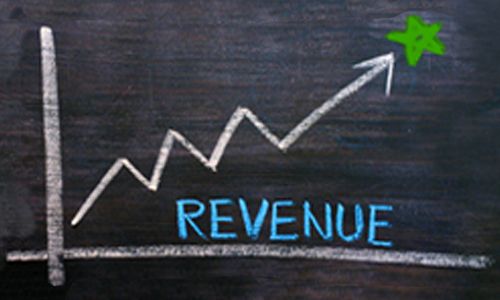Customers and prospects share a tremendous amount of information about themselves – both intentionally and inadvertently – through their digital interactions with companies. This digital trail of information that customers leave behind them – via voice, email, web, chat, mobile, social, IVR, and other multichannel interactions – provides sales leaders and their teams with rich opportunities to learn more about individual customers. Information about their needs, interests, and behaviors can be used to optimize sales strategies.
Companies that take a methodical approach to using available customer Big Data position themselves to achieve, or even exceed, their sales objectives (e.g., team and individual sales quota, maximizing customer value). A study of 215 sales organizations by Aberdeen Group found that best-in-class companies (top 20 percent) that leverage sales intelligence outperform their peers in critical areas such as customer retention (88 percent versus 78 percent for the industry average), year-over-year increase in overall team attainment of sales quota (12.3 percent versus 1.0 percent), and average year-over-year increase in average deal size or contract value (8.0 percent versus 0.8 percent).
Developing a structured approach to leveraging customer data for sales performance starts with understanding the three “Vs” of Big Data: volume, velocity, and variety.
Putting the 3 Vs into action
Big Data isn’t just about the volume or amount of data that’s available about customers. It’s also about the variety and velocity of data that can be used. For instance, having a history of a customer’s most recent transactions over a 12-month cycle is helpful for deciding the next best action with a customer. However, on its own, the information doesn’t provide decision makers with a comprehensive view of where that customer is in the sales lifecycle nor what their current needs or interests are based on their current lifecycle status (e.g., early 50s, married, two college-age children).
Sales leaders can develop a much deeper picture of customers by gathering and analyzing timely information that’s fed from a variety of sources (web behavior, email opens, share of wallet achieved).
It’s also critical for sales leaders to have access to real-time data in order to help them pinpoint a sudden shift in sales for a particular product group or region.
On its own, Big Data doesn’t provide sales leaders and their teams with compelling insights. To gain insights and leverage value from Big Data, sales leaders and their teams need to use analytics tools to identify emerging customer trends, including customers who may be at risk of defecting as they near the end of a contract.
Having the right tools is only half the battle. In order to identify, gather, and act on big data effectively, sales teams also must have the right processes in place to aggregate the most timely and relevant data sets based on the organization’s objectives. It’s also critical to have the right people in place, including data scientists and consultants who are adept at analyzing a variety of data streams from different perspectives, spot trends that might otherwise be overlooked, and recommend effective ways to apply data to strengthen sales strategies. For instance, a data scientist may help a sales organization get to the root cause as to why sales may have recently sagged for a particular product or region.
It’s important to remember that Big Data isn’t a plug-and-play approach. The use of Big Data – whether for sales, marketing, or other areas of the business – requires continuous refinement. This includes constantly testing and refining models to ensure that they’re meeting expectations, and to make adjustments as needed to accommodate market shifts and changes in sales strategies.
Leveraging Big Data to Drive Sales Performance


August 12, 2013
by John Lima,
Manager of Data Services, TTEC Engage
Data Analytics, Omnichannel Platform, Customer Acquisition, Intelligent Automation
Manager of Data Services, TTEC Engage
Data Analytics, Omnichannel Platform, Customer Acquisition, Intelligent Automation





